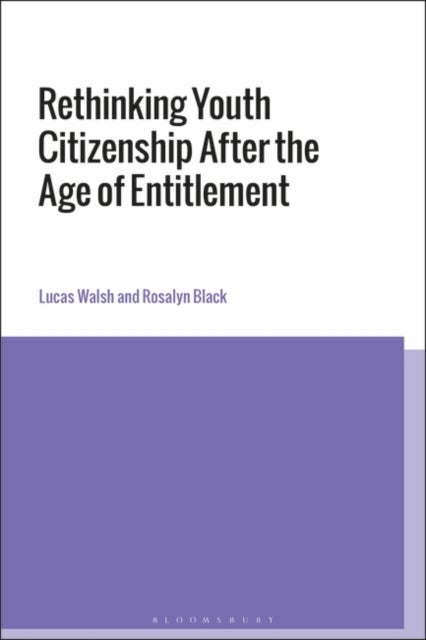
Rhythmanalysis av Dr Dawn Lyon
279,-
First published Open Access under a Creative Commons license as <i>What is Rhythmanalysis?</i>, this title is now also available as part of the Bloomsbury Research Methods series.In recent years, there has been growing interest in Henri Lefebvre¿s posthumously published volume, <i>Rhythmanalysis</i>. For Lefebvre and subsequent scholars, rhythmanalysis is a research strategy which offers a means of thinking space and time together in the study of everyday life, and this remains its strength and appeal. This book addresses the task of how to <i>do </i>rhythmanalysis. It discusses the history and development of rhythmanalysis from Lefebvre to the present day in a range of fields including cultural history and studies of place, work and nature. For Lefebvre, it is necessary to be ¿grasped by¿ a rhythm at a bodily level in order to grasp it. And yet we also need critical distance to fully understand it. Rhythmanalysis is therefore both corporeal and conceptual. This book considers how the








